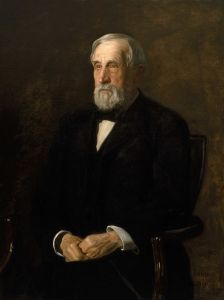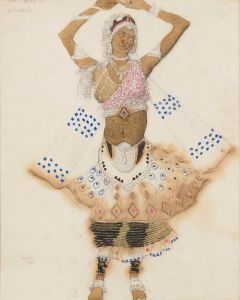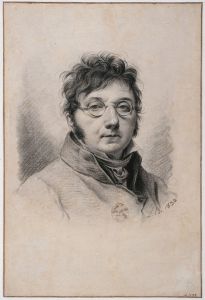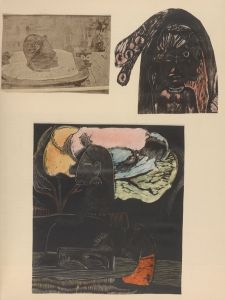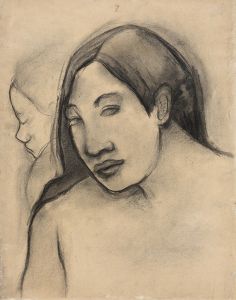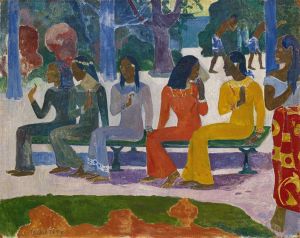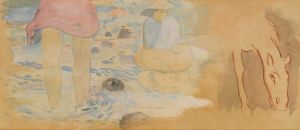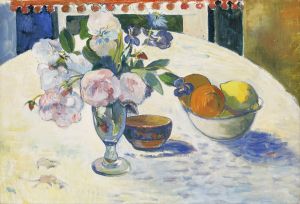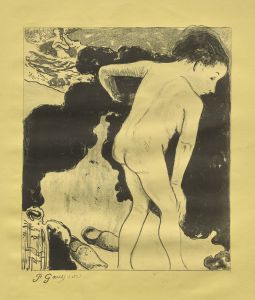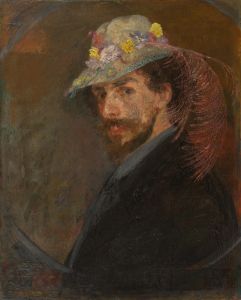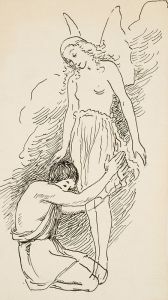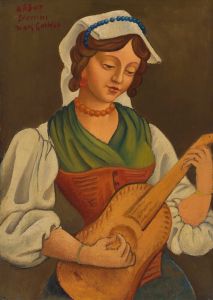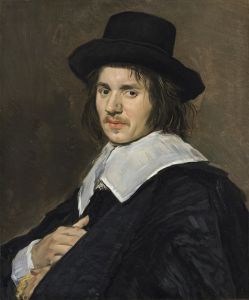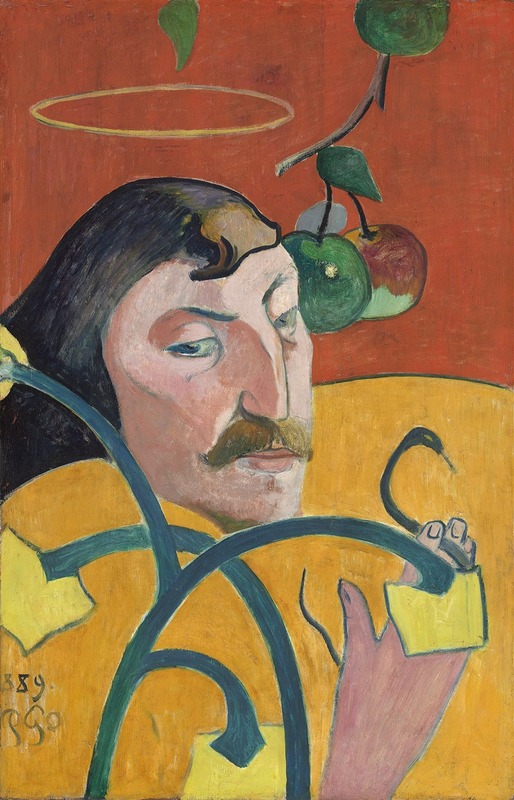
Self-Portrait
A hand-painted replica of Paul Gauguin’s masterpiece Self-Portrait, meticulously crafted by professional artists to capture the true essence of the original. Each piece is created with museum-quality canvas and rare mineral pigments, carefully painted by experienced artists with delicate brushstrokes and rich, layered colors to perfectly recreate the texture of the original artwork. Unlike machine-printed reproductions, this hand-painted version brings the painting to life, infused with the artist’s emotions and skill in every stroke. Whether for personal collection or home decoration, it instantly elevates the artistic atmosphere of any space.
Paul Gauguin's "Self-Portrait" is a notable work that reflects the artist's unique style and personal vision. Gauguin, a leading figure in the Post-Impressionist movement, is known for his bold use of color and synthetist style, which emphasizes flat forms and the symbolic use of color. This self-portrait is one of several he created throughout his career, each offering insight into his evolving artistic identity and personal life.
The "Self-Portrait" by Gauguin was painted in 1889, a significant year for the artist. This period was marked by his return to Paris after spending time in Pont-Aven, Brittany, where he developed his distinctive style. The painting is often noted for its vibrant color palette and the introspective nature of Gauguin's expression. Unlike traditional self-portraits that focus solely on the likeness of the artist, Gauguin's work often incorporates symbolic elements that provide deeper insight into his thoughts and emotions.
In this particular self-portrait, Gauguin presents himself with a contemplative expression, set against a richly colored background. The use of bold colors and simplified forms is characteristic of his work during this period. Gauguin's approach to portraiture was influenced by his interest in primitivism and his desire to break away from the conventions of Western art. This is evident in the way he uses color not just to represent reality, but to convey emotion and meaning.
Gauguin's self-portraits are also significant for their exploration of identity. They often reflect his complex personality and his struggles with his role as an artist. In this painting, Gauguin's gaze is direct yet enigmatic, suggesting both confidence and introspection. The background and surrounding elements in the painting may also hold symbolic meaning, though Gauguin often left such interpretations open to the viewer.
The "Self-Portrait" is housed in the Musée d'Orsay in Paris, which holds an extensive collection of works by Gauguin and other Post-Impressionist artists. This painting, like many of Gauguin's works, has been the subject of much analysis and interpretation. Art historians often examine it in the context of Gauguin's broader oeuvre and his influence on modern art.
Gauguin's impact on the art world extends beyond his paintings. His writings and theories on art have also contributed to his legacy as a pioneer of modern art. His self-portraits, in particular, offer a window into his artistic journey and his quest for a deeper understanding of self and expression.
In summary, Paul Gauguin's "Self-Portrait" from 1889 is a compelling example of his innovative approach to art. Through its use of color, form, and symbolism, the painting not only captures the likeness of the artist but also provides insight into his inner world and artistic philosophy. This work remains an important piece in the study of Post-Impressionism and Gauguin's enduring influence on the art world.





